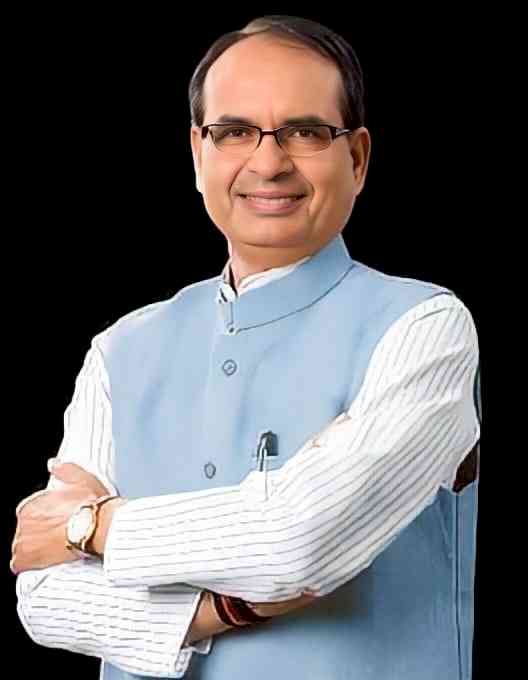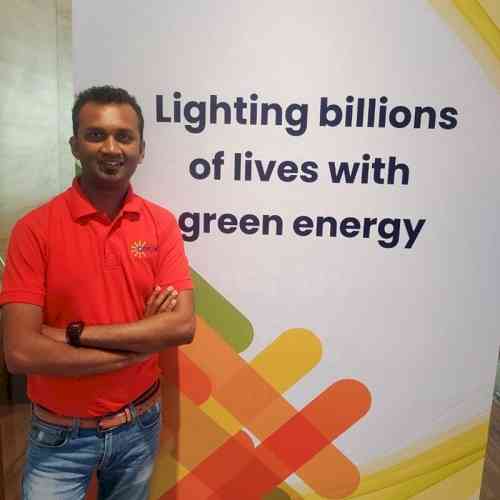Mythbusters: Clarifying Breast Cancer Misconceptions for Informed Awareness
In India, a concerning reality unfolds: a woman is diagnosed with breast cancer every four minutes. It accounts for 13.5 percent of all cancer cases in the country, with a 10.6 percent mortality rate. Shockingly, these cases are diagnosed a decade earlier in India compared to the Western world and tend to be more aggressive. October is Breast Cancer Awareness Month, uniting people worldwide to raise awareness, educate about symptoms, and emphasize early detection and support, symbolized by the color pink on World Breast Cancer Day.

by Dr. Nanda Rajaneesh Visiting Consultant - Breast Onco Surgery & Bariatric Surgery, Sakra World Hospital Bangalore
In India, a concerning reality unfolds: a woman is diagnosed with breast cancer every four minutes. It accounts for 13.5 percent of all cancer cases in the country, with a 10.6 percent mortality rate. Shockingly, these cases are diagnosed a decade earlier in India compared to the Western world and tend to be more aggressive. October is Breast Cancer Awareness Month, uniting people worldwide to raise awareness, educate about symptoms, and emphasize early detection and support, symbolized by the color pink on World Breast Cancer Day.
Simplifying Breast Cancer
The breast consists of lobules (milk-producing glands), ducts (milk transport tubes), and connective tissue. Breast cancer is uncontrolled cell growth in the breast, with various types based on cell origin. Most start in ducts or lobules. Cancer can spread through blood and lymphatic vessels, termed metastasis.
The primary breast cancer types are invasive ductal carcinoma, which starts in ducts and can spread both within the breast and to other parts of the body, and invasive lobular carcinoma, originating in lobules and spreading locally and beyond. There are less common types like Paget's disease, medullary, mucinous, and inflammatory breast cancer. Ductal carcinoma in situ (DCIS) is a condition where cancer cells are limited to duct linings and have not invaded surrounding tissues, but it carries a risk of developing into invasive breast cancer.
Breast Health: What's Normal and Warning Signs
● Breast appearance and feel vary among individuals, with factors like menstrual cycles, childbirth, weight changes, medications, and age influencing them.
● Breast cancer symptoms differ, and some may not display any.
● Warning signs may include new lumps in the breast or underarm, breast thickening or swelling, skin changes (irritation or dimpling), nipple abnormalities, breast pain, or nipple discharge (other than breast milk).
● It's crucial to remember that these symptoms can also be associated with non-cancerous conditions. If you notice any changes or experience symptoms, seek prompt medical attention from your doctor.
Dispelling Common Misconceptions
Myth 1: If you have a mastectomy, you cannot get breast cancer again
Fact: After a mastectomy, cancer may reappear in the chest wall lining or skin. Signs of recurrence within the same breast can include a new lump, skin changes, redness, or nipple discharge. If it recurs on the chest wall, it may present as painless nodules or thickening near the mastectomy scar.
Myth 2: Hormone replacement therapy (HRT) always causes breast cancer
Fact: Hormone replacement therapy (HRT) slightly elevates the risk of breast, ovarian, and occasionally uterine cancer. However, the increase in risk is minimal.
Myth 3: Breastfeeding increases the risk of breast cancer
Fact: Breastfeeding doesn't raise breast cancer risk; it reduces it. It's a misconception that it can increase cancer risk. Recent studies show it has a protective effect against some cancers.
Myth 4: Antioxidant-rich foods prevent breast cancer
Fact: Antioxidants in food are good, but high-dose supplements don't prevent diseases. Excessive supplements may even raise cancer risks. Food contains a mix of compounds that work together for health.
Myth: Solely Breast Lumps Are a Cause for Concern
Fact: While self-examination can uncover breast lumps, not all of them are indicative of cancer. Some lumps may be attributed to non-cancerous conditions or cysts.


 City Air News
City Air News 









